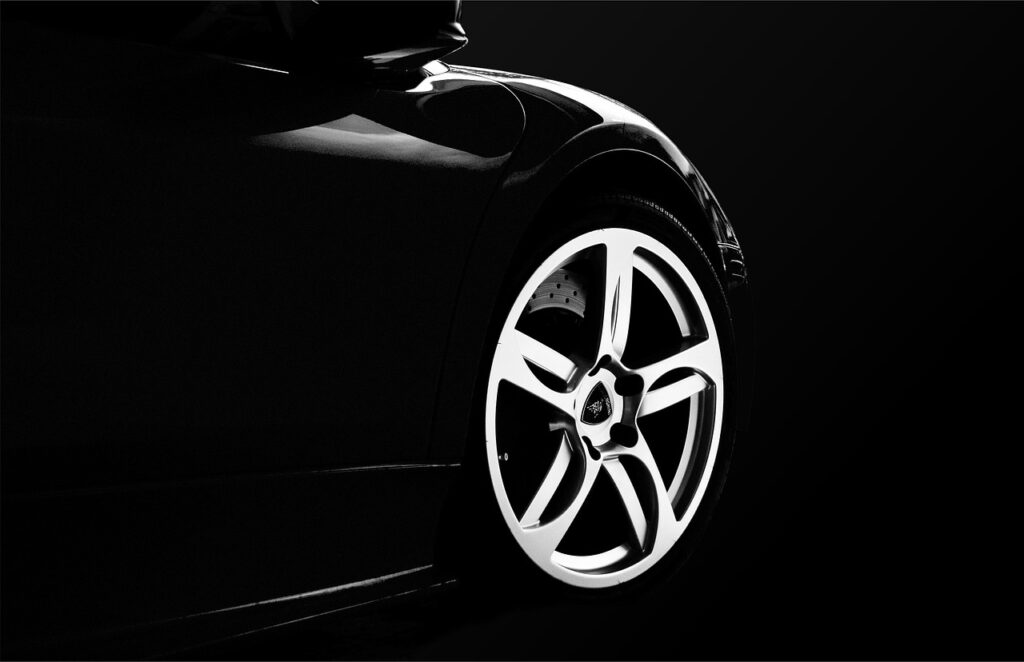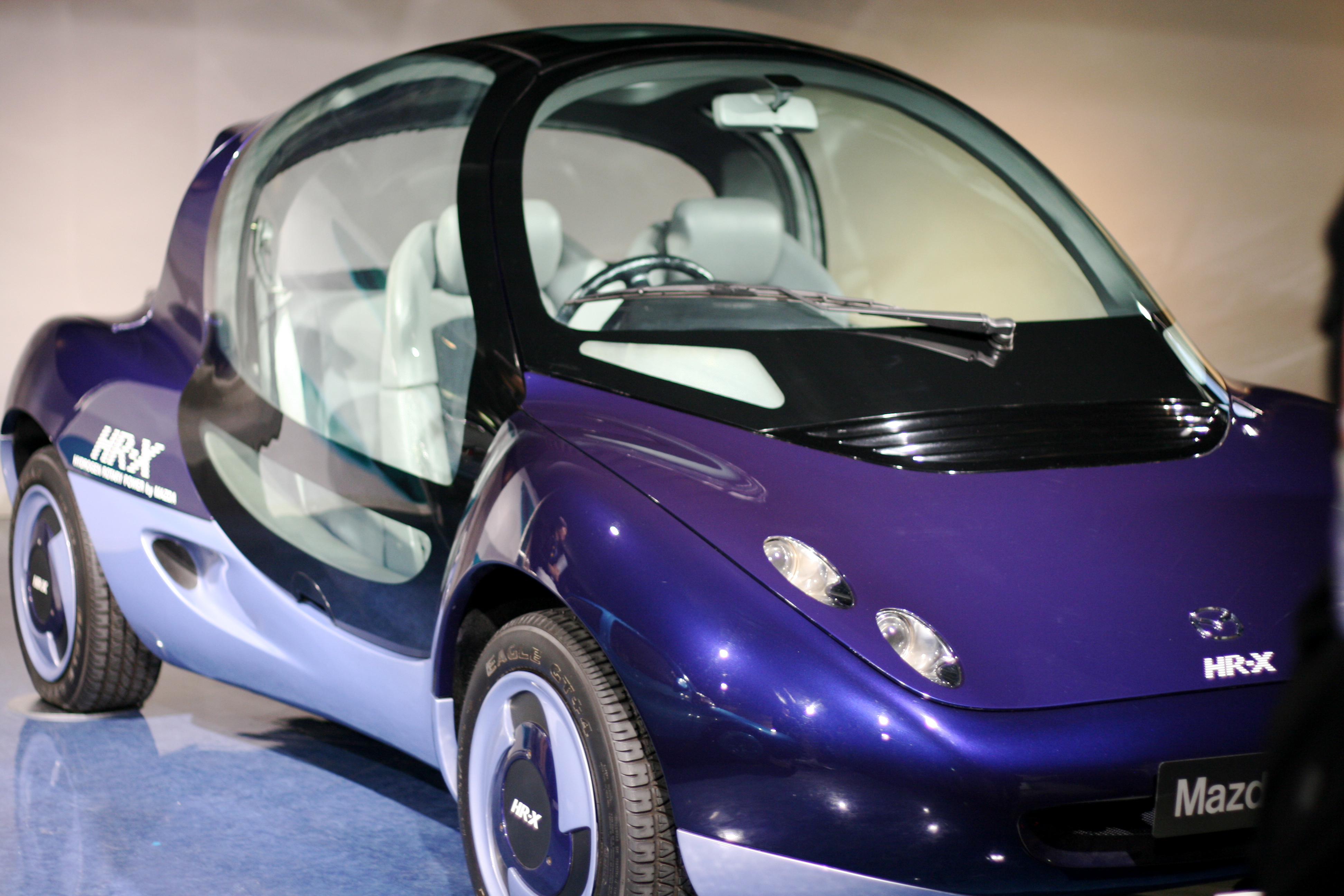
Ever scroll through old photos and wonder what we were thinking back in the day? Well, get ready to take a trip down memory lane, but this time, it’s not about your questionable fashion choices or that regrettable haircut. We’re diving deep into the glorious, often bizarre, and always fascinating world of 1990s concept cars! This was a decade where automotive designers went absolutely wild, treating their creations like rolling sci-fi dreams, pushing boundaries that felt straight out of a blockbuster movie.
The ’90s were truly a special time for car enthusiasts and dreamers alike. With the Cold War fading into history and the new millennium just around the corner, there was an air of boundless technological ambition and aesthetic experimentation. Automakers across the globe weren’t just thinking about the next production model; they were crafting visions of the future, daring to imagine vehicles that could swim, talk, or even anticipate your mood.
These weren’t just pretty showpieces; they were bold statements, radical experiments, and sometimes, outright engineering marvels. From amphibious minivans ready for off-road adventures to joystick-controlled luxury cruisers that ditched the steering wheel, these concepts pushed the industry forward in ways we’re still feeling today. Many never saw the light of a showroom, but their influence trickled down into the cars we drive now, proving that sometimes, the wildest ideas are the most important. So, buckle up, because we’re about to rediscover some hidden ’90s gems that only a true expert would remember!

1. **Renault Racoon (1992)**First up, let’s talk about the Renault Racoon, a vehicle that looked like it drove straight off a sci-fi movie set – and acted like it too! Unveiled in 1992, this incredible concept truly embodied the daring spirit of ’90s automotive design. It wasn’t content with just navigating city streets; it wanted to conquer every imaginable terrain.
One of the Racoon’s most mind-blowing features was its amphibious capabilities. That’s right, this car could traverse rivers, making it an adventurer’s dream. Imagine taking your car from the highway straight into a body of water without missing a beat – pure ’90s magic!
Beyond its aquatic prowess, the Racoon was built for rugged performance. Its robust carbon-Kevlar unibody provided exceptional strength, while an adjustable suspension system made it perfectly ready for any off-road escapade. Whether facing rocky trails or sandy dunes, this concept was designed to handle it all.
The interior was just as futuristic as its exterior. Drivers were treated to a voice-activated control system, which was cutting-edge technology for 1992, making the driving experience feel incredibly advanced and intuitive. Adding to its unique design, the driver sat in a central position, flanked by two passengers, creating an intimate and focused cockpit experience.
Renault specifically designed the Racoon to operate in extreme conditions, envisioning it tackling everything from arctic terrains to scorching deserts. Though it never made it to production, the Racoon remains a testament to the era’s boundless imagination, showing what could happen when designers truly let their imaginations run wild.
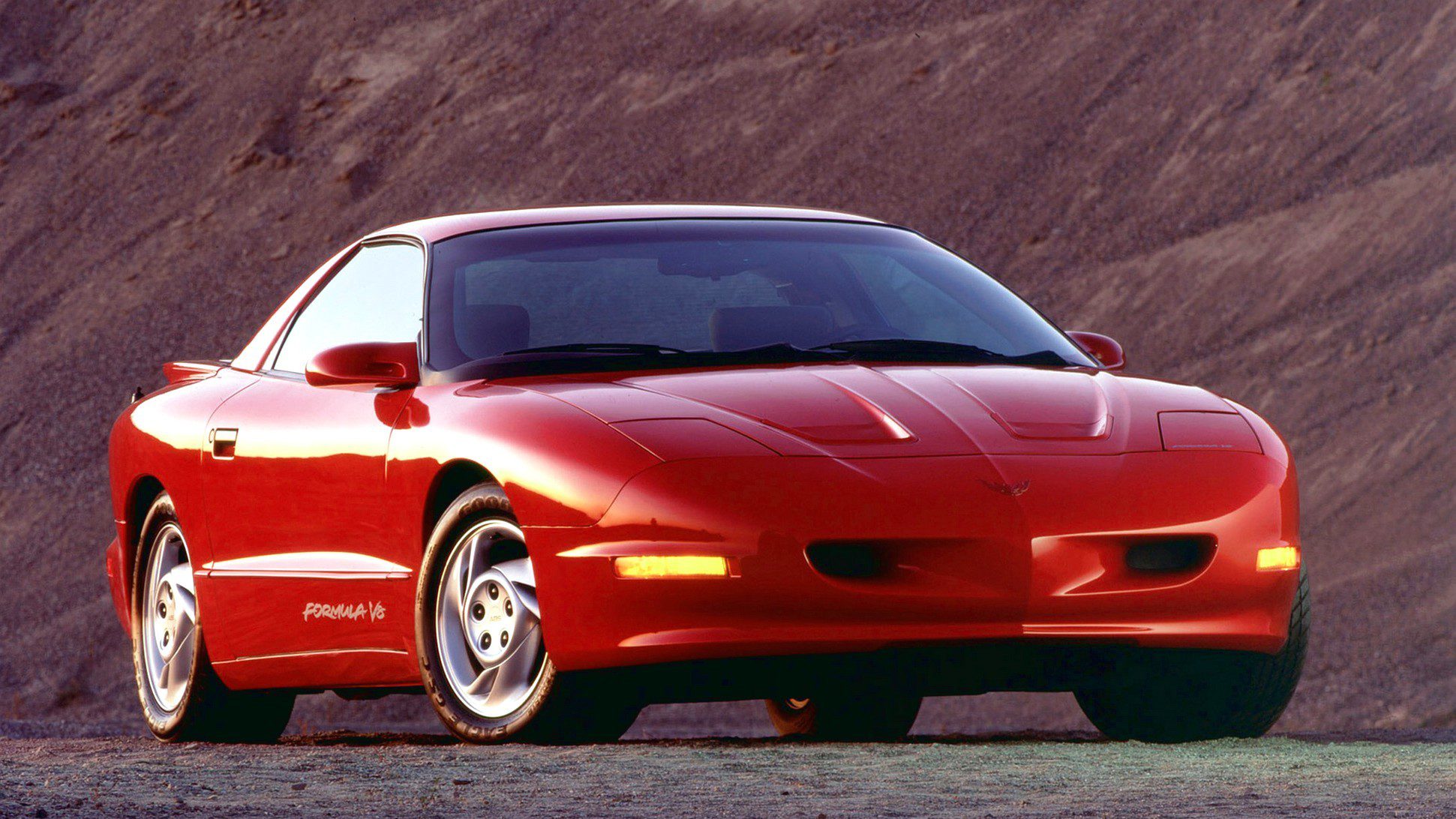
2. **Pontiac Stinger (1990)**Talk about a car designed for fun-loving young adults! The 1990 Pontiac Stinger burst onto the scene with its unforgettable fluorescent yellow-green plastic body and a persona that screamed adventure. This concept was all about embracing youth culture and individuality, tailored specifically for Gen X.
The Stinger wasn’t just a car; it was a customizable playground on wheels. Its most innovative feature was its interchangeable parts and a host of attachable accessories, allowing owners to personalize their vehicle for any occasion. Imagine switching out gear like you change outfits – that was the Stinger’s promise.
Among its cool accessories were camping gear, bike racks, and even a removable stereo that cleverly doubled as a boombox. This meant you could easily take your music with you from the car to the beach or campsite, a truly brilliant idea aimed directly at the portable tech-savvy youth market of the era.
Inside, the Stinger embraced a minimalist interior design, keeping things simple and functional, while digital displays added a touch of futuristic flair. The car’s wild personality was further enhanced by its asymmetrical doors and rotating seats, making every entry and exit, and even just sitting inside, a unique experience.
Though not destined for mass production, the Pontiac Stinger powerfully embodied GM’s strategic push to appeal to Generation X. It was a bold attempt to capture the spirit of a generation looking for freedom, flexibility, and a whole lot of fun in their vehicles, proving that cars could be more than just transportation; they could be a lifestyle statement.

3. **Ford Indigo (1996)**If you’re a fan of speed and cutting-edge engineering, the 1996 Ford Indigo is a concept that absolutely demands your attention. Heavily inspired by IndyCar technology, this supercar prototype was a stunning fusion of racetrack prowess and road-going ambition, developed in collaboration with Reynard Racing.
At its heart, the Indigo featured a lightweight carbon-fiber tub, a direct carryover from advanced racing car construction, ensuring an incredibly rigid and safe platform. This focus on performance engineering was evident throughout its design, hinting at its serious speed credentials.
Underneath its sleek body, the Indigo housed a formidable 6.0L V12 engine, a powerhouse capable of producing a staggering 435 horsepower. This immense power translated into breathtaking acceleration, launching the car from 0 to 60 mph in just over four seconds – a truly astounding feat for its time.
Its open-wheel design wasn’t just for show; it proudly revealed the sophisticated pushrod suspension system, another direct nod to its IndyCar inspiration, optimized for precise handling and dynamic performance. To maintain stability at blistering speeds, the Indigo was also equipped with active aerodynamics, adjusting to conditions for optimal downforce.
Ford never intended to mass-produce the Indigo, but its purpose was no less critical. It served as a high-speed laboratory, allowing engineers to rigorously test advanced manufacturing techniques and pioneering performance parts. These innovations, initially honed in the Indigo, later trickled down into legendary production supercars, most notably the iconic Ford GT, solidifying the concept’s lasting legacy.

4. **Mercedes-Benz F200 Imagination (1996)**Prepare to have your mind blown by the 1996 Mercedes-Benz F200 Imagination, a concept car that wasn’t just a luxury cruiser; it was a literal rolling technology lab, showcasing Mercedes’ vision for the future of driving. This car pushed the boundaries of what was considered possible in automotive design and human-machine interaction.
The F200 famously eliminated the traditional steering wheel altogether, replacing it with an innovative joystick steering system. This radical departure from conventional controls offered a glimpse into a future where driving could be a more intuitive and integrated experience, challenging decades of automotive norms.
Another futuristic feature was the replacement of conventional side mirrors with rear-facing cameras, providing a panoramic view and anticipating the digital mirror systems found in modern vehicles. This demonstrated a clear move towards integrating advanced visual technologies for enhanced safety and convenience.
Adding to its luxurious appeal, the F200 introduced the concept of electro-transparent glass, which could change tint at the touch of a button. Imagine instant privacy or glare reduction with a simple command – a truly premium feature that added both comfort and a touch of magic to the driving experience.
Under the hood, the F200 packed a smooth and powerful 5.0L V12 engine, ensuring that this technological marvel also delivered a refined and exhilarating ride. While the radical nature of its features made production costs sky-high, many of its innovations, including steering wheel controls and active suspension, eventually found their way into Mercedes’ production lineup over the next two decades, proving its visionary status.
Car Model Information: 2025 Audi Q7 55 Premium Plus
Name: Mercedes-Benz F 200 Imagination
Manufacturer: Daimler-Benz,Stola (automotive company)
Class: Concept car
BodyStyle: coupé
Layout: Front-engine, rear-wheel-drive layout#Front mid-engine, rear-wheel-drive layout
Engine: Mercedes-Benz M120 engine,V12 engine
Transmission: automatic transmission
Doors: Dihedral synchro-helix actuation doors
Related: Mercedes-Benz CL-Class (C215),Mercedes-Benz S-Class (W220)
Categories: Articles with short description, Commons category link is on Wikidata, Mercedes-Benz concept vehicles, Short description matches Wikidata
Summary: The Mercedes-Benz F 200 “Imagination” coupe is a concept study by then Daimler-Benz unveiled at the 1996 Paris Motor Show. The goal was to show off innovations in control, design, and comfort in passenger cars. The car’s exterior design was in part based on the, then, upcoming S-Class. This 2-door coupe also previewed the CL-Class coupe, which debuted in 1999.
Get more information about: Mercedes-Benz F200
Buying a high-performing used car >>>
Brand: Mercedes-Benz Model: F200 Imagination
Price: $55,675 Mileage: 20,490 mi.

5. **Dodge Copperhead (1997)**In 1997, Dodge unveiled the Copperhead concept, an eye-catching roadster meant to be a more affordable counterpart to the legendary Viper. This car was all about emphasizing handling and agility over brute force, aiming to capture the hearts of a broader audience looking for a nimble, fun-to-drive sports car.
With its low-slung stance and sculpted bodywork, the Copperhead exuded an elegant aggression that attracted significant attention at auto shows. Its styling was notably reminiscent of the Viper, yet it carved out its own identity with a more refined and approachable aesthetic that hinted at serious performance without the intimidating V10 power.
Underneath its striking exterior, the Copperhead was powered by a 2.7L V6 engine, generating a respectable 220 horsepower. This engine was mounted in a lightweight chassis specifically designed for nimbleness, promising an engaging driving experience where precision and responsiveness were prioritized over sheer straight-line speed.
Dodge proudly claimed the Copperhead would be “fun-to-drive” rather than a “brutal beast,” clearly positioning it as a sports car for enthusiasts who valued cornering ability and driver involvement. It was conceived as a serious contender against the German roadster trio like the Porsche Boxster, Mercedes-Benz SLK, and BMW Z3 that were gaining popularity at the time.
Despite being approved for production at one point, the Copperhead unfortunately remained a concept, ultimately shelved due to a shift in the company’s internal priorities – or as one source put it, the “bean counters chickened out.” This left many American performance enthusiasts wondering what could have been, as the Copperhead’s design language lived on to inspire other sporty models within Dodge’s lineup.
Car Model Information: 2005 Dodge Viper SRT10
Name: Dodge Copperhead
Caption: Walter P. Chrysler Museum
Manufacturer: Chrysler Corporation
Aka: Dodge Concept Car,Dodge Concept Vehicle
Production: 1997 (1 built as prototype)
Designer: John Herlitz
Class: Sports car
BodyStyle: Roadster (automobile)
Platform: Dodge Viper
Layout: FR layout
Engine: Chrysler LH engine,DOHC,V6 engine
Powerout: 220 hp
Abbr: on
Transmission: manual transmission
Wheelbase: 2794 mm
Length: 4242 mm
Width: 1829 mm
Height: 1262 mm
Weight: 1295 kg
Sp: us
Categories: All articles with specifically marked weasel-worded phrases, Articles with short description, Articles with specifically marked weasel-worded phrases from December 2010, Dodge concept vehicles, Short description is different from Wikidata
Summary: The Dodge Copperhead, later unofficially renamed as Dodge Concept Car or Dodge Concept Vehicle, was a concept car created by Dodge as a slimmed-down version of the Dodge Viper for buyers who couldn’t afford the Viper’s $75,000 cost.
Get more information about: Dodge Copperhead
Buying a high-performing used car >>>
Brand: Dodge Model: Copperhead
Price: $68,942 Mileage: 6,011 mi.
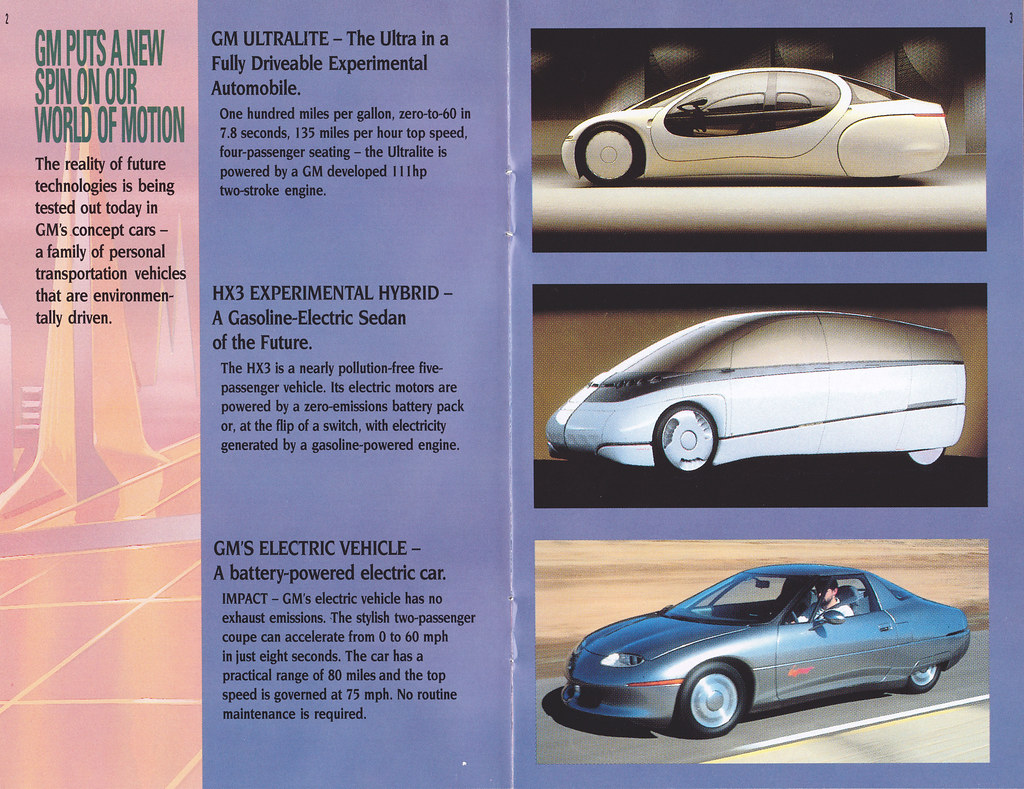
6. **General Motors Ultralite (1992)**Imagine a car that looks like a spaceship, goes incredibly fast, and sips fuel like a hummingbird. That’s precisely what General Motors envisioned with its 1992 Ultralite concept. This vehicle was a groundbreaking showcase of what a high-mileage car could look like if designed from the ground up with ultimate efficiency in mind.
The Ultralite’s most striking feature was its construction: a carbon fiber unibody. This cutting-edge material kept the car’s weight down to an astonishingly low 1,400 lbs, contributing significantly to its remarkable efficiency and performance. It was a true masterclass in lightweight engineering.
Despite its minimal weight, the Ultralite was no slouch in the performance department. It was powered by a modest 111 hp three-cylinder engine, yet this efficient powertrain propelled the car to an impressive top speed of 135 mph. Even more astonishingly, it delivered an incredible 100 miles per gallon, a figure that still seems futuristic today.
Visually, the Ultralite was truly out of this world. Its aerodynamic teardrop shape and elegant gullwing doors made it look distinctly like a spaceship ready for launch. Every curve and line was meticulously crafted to minimize drag and maximize efficiency, resulting in a design that was both functional and breathtakingly beautiful.
Though GM never brought the Ultralite to production, its impact on automotive thinking was profound. It helped inspire the development of future hybrid and electric cars, particularly around the crucial area of weight-saving techniques. The Ultralite remains a shining example of how innovative design can redefine what’s possible, pushing the boundaries for a more sustainable future in motoring.
Alright, car fanatics, ready to dive deeper into the glorious abyss of ’90s automotive innovation? If you thought the first seven were wild, buckle up because we’re just getting started! The designers of the ’90s truly had no limits, and the next batch of concept cars proves that perfectly.
These vehicles weren’t just about getting from point A to point B; they were about experimenting, dreaming, and throwing every boundary-pushing idea onto the drawing board (and then into a dazzling show car). From tiny urban warriors to luxurious technological lounges and even track-ready beasts, the second half of our list is packed with more unforgettable, expert-level ’90s concepts. Let’s hit the accelerator!
Car Model Information: 2025 Audi Q7 55 Premium Plus
Name: General Motors Ultralite
Manufacturer: General Motors
Production: 1992
Designer: Burt Rutan
Class: Concept car
Doors: Gullwing door
Engine: 1.5 L two-stroke, three cylinder
Weight: 635 kg
Abbr: on
Categories: All stub articles, Articles with short description, General Motors concept cars, Modern auto stubs, Scaled Composites
Summary: The General Motors Ultralite was a 1992 low emission vehicle concept car intended to demonstrate the benefits of advanced materials and low fuel consumption.
Get more information about: General Motors Ultralite
Buying a high-performing used car >>>
Brand: General Motors Model: Ultralite
Price: $55,675 Mileage: 20,490 mi.
7. **Peugeot Asphalte (1996)**Ever seen a car that makes you rethink what a car *should* be? The 1996 Peugeot Asphalte was exactly that, challenging all conventional notions of automotive design. This tiny, lightweight roadster wasn’t just a vehicle; it was an experiment in minimalist, open-air motoring, proving that less could indeed be more, especially when it came to a driving experience focused on pure connection.
What really set the Asphalte apart was its unique plastic canopy and motorcycle-style seating. It was less like a traditional passenger car and more like a high-tech pod designed for ultimate driving exhilaration. Imagine zipping around with the wind in your hair, feeling every curve of the road in a way only a truly unconventional design could deliver.
The driver’s seating position was another standout feature, placing you upright, almost as if you were piloting a glider. Coupled with its all-glass canopy, this provided truly superb visibility, immersing you in the environment and making every journey feel like an adventure. It truly was a breath of fresh air, challenging the norms of closed-cabin driving.
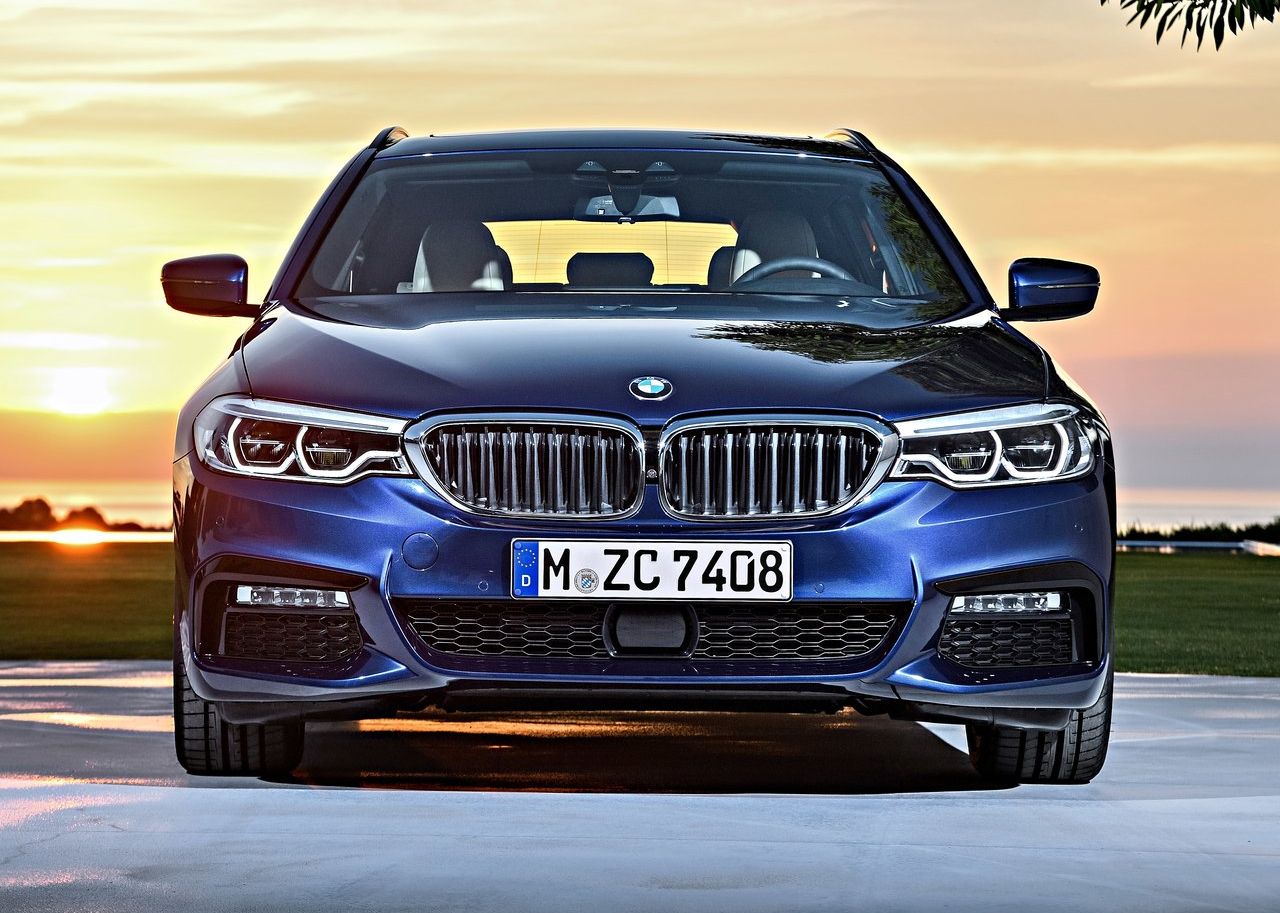
8. **BMW Z13 (1993)**BMW, known for its ultimate driving machines, unleashed one of its quirkiest creations in 1993: the Z13. This concept car wasn’t just interesting; it featured a central driver’s seat, a layout famously associated with the legendary McLaren F1 supercar. Talk about making a statement with your seating arrangements!
Despite its compact size, the Z13 was designed with practicality in mind, especially for the narrow roads and tight parking spaces of urban Europe. The central driver’s position offered a commanding view of the road, while two rear seats somehow managed to provide surprisingly ample room for passengers. It was a masterclass in making a small car feel spacious and functional.
Powering this unique urban cruiser was a 1.1L K-Series engine, borrowed directly from BMW’s motorcycle division. This clever choice made the Z13 incredibly fuel-efficient, a true forward-thinker for its time, and still surprisingly refined for its class. It proved that you didn’t need a huge engine to deliver a sophisticated and enjoyable ride.

9. **Chrysler Atlantic (1995)**Hold onto your hats, because the 1995 Chrysler Atlantic was a rolling work of art, a pure love letter to the glamorous Art Deco era. Its breathtaking design, with a sweeping teardrop shape, an impossibly long hood, and elegantly flowing fenders, evoked the timeless beauty of classic Bugatti designs, particularly the iconic Type 57SC Atlantic. It was a stunning homage to an age of unparalleled automotive elegance.
Underneath that magnificent hood, Chrysler engineers went above and beyond, crafting a one-off straight-eight engine. This powerhouse was actually created by ingeniously joining two Neon four-cylinder blocks, showcasing a blend of creative engineering and sheer ambition. It was a bespoke marvel perfectly matched to the car’s grand aesthetic.
Stepping inside the Atlantic was like entering a bygone era of luxury. The interior was a symphony of analog-style gauges, accented with gleaming chrome and rich wood accents. Every detail screamed opulence and craftsmanship, creating a cockpit that was both sophisticated and inviting, a stark contrast to the digital dashboards becoming prevalent at the time.
Sadly, this automotive masterpiece never saw mass production. However, the Atlantic was far from a failure; it powerfully demonstrated Chrysler’s unparalleled design prowess and foreshadowed the elegant lines and retro-inspired themes that would later be seen in vehicles like the distinctive Plymouth Prowler. It truly left an indelible mark on automotive design.

10. **Nissan FX (1991)**The 1991 Nissan FX concept was a futuristic blend of sports car thrill and ergonomic innovation, truly a machine ahead of its time. One of its most striking features was the canopy-style glass roof, which offered occupants absolutely panoramic views, blurring the lines between the cabin and the outside world. It made every drive feel like an immersive experience.
Nissan also focused heavily on driver comfort and control with the FX. It featured an upright driving posture, specifically designed to reduce fatigue on longer journeys, which was a thoughtful touch for any sports car. This innovative concept also boasted all-wheel drive, a turbocharged inline-four engine, and active suspension, all working in harmony for peak performance and handling.
The cabin was a tech enthusiast’s dream, packed with cutting-edge electronics. Drivers were treated to a digital dashboard that displayed crucial information with futuristic flair, alongside a heads-up display that projected data directly onto the windshield. These were features that truly felt like they belonged in a science fiction movie, not a car from the early ’90s.
But perhaps the FX’s most radical trait was its distinctive egg-like form. This organic, aerodynamic shape was unlike anything else on the market at the time, making it instantly recognizable and incredibly efficient. It was a bold statement that pushed the boundaries of automotive aesthetics, proving that cars could be both functional and wonderfully eccentric.

11. **Lancia Dialogos (1998)**If you thought luxury sedans were all about speed, prepare to have your mind changed by the 1998 Lancia Dialogos. This full-size luxury sedan concept was less about blistering performance and more about redefining comfort, elegance, and human-machine interaction in a truly groundbreaking way. It aimed to make every journey a serene and intuitive experience.
Stepping into the Dialogos was an event in itself. It featured dramatic rear suicide doors and a completely absent B-pillar, creating an expansive and inviting opening. Adding to the theatrical entry, the seats actually swiveled to greet passengers as they entered, making you feel like a VIP from the moment you approached the car.
But the innovation didn’t stop there! The steering wheel itself could retract, theoretically allowing for autonomous driving, a concept that was truly visionary for 1998. The dashboard was equally advanced, boasting speech recognition and adaptive interfaces that would learn and conform to the driver’s preferences. It was a car that truly anticipated your needs.
While the Dialogos never became a production model itself, it was the undeniable precursor to the Lancia Thesis, a future luxury sedan. More importantly, many of its groundbreaking driver-centric ideas and luxurious features eventually resurfaced and became commonplace in modern premium interiors across the automotive world. Talk about setting trends!
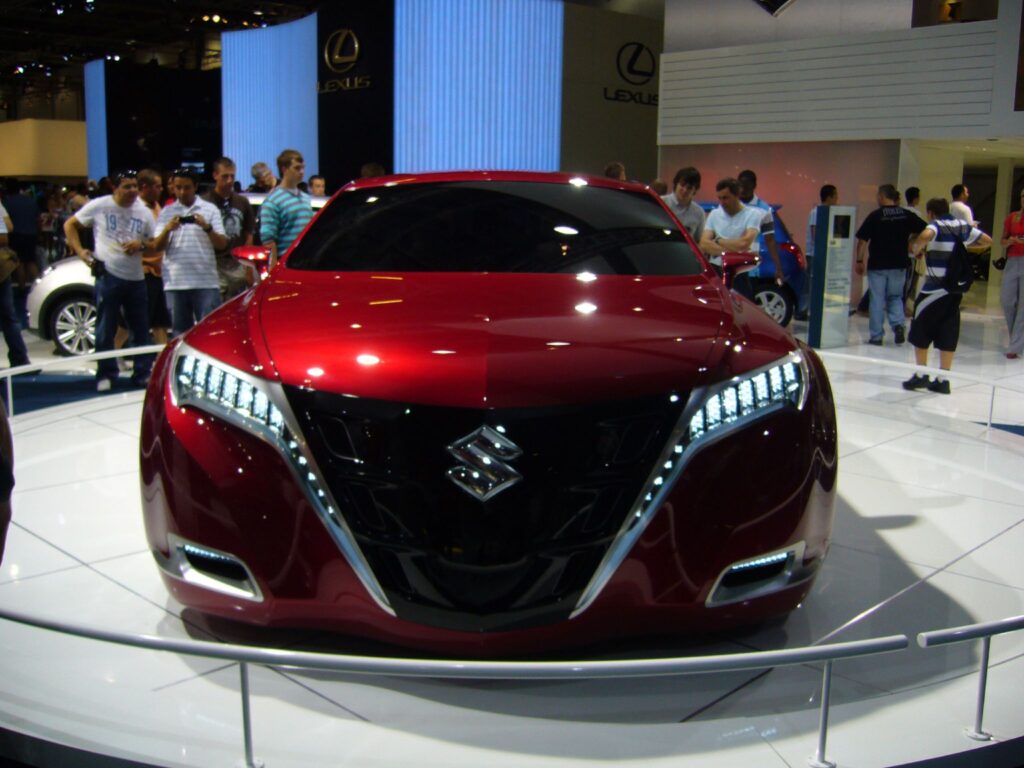
12. **Suzuki Concept 1 (1997)**Get ready for a blast from the past with a futuristic twist! The 1997 Suzuki Concept 1 was an absolute charmer, perfectly merging retro charm with ingenious futuristic functionality. It proudly served as a spiritual successor to the beloved Suzulight, bringing a playful nod to history while pushing forward with fresh ideas.
This little gem sported distinctive round headlights and classic slab sides, exuding an undeniable vintage appeal that was totally on-trend for the retro-obsessed ’90s. Topping it off, a cheerful two-tone pastel paint scheme added an extra layer of cuteness and character, making it a true head-turner wherever it rolled.
Inside, the Concept 1 was all about maximizing space and efficiency, a hallmark of clever urban design. It featured sleek digital gauges and a flat floor, which made the compact cabin feel surprisingly roomy and versatile. Powering this city slicker was an efficient 660cc engine, making it absolutely perfect for zipping through congested urban environments with ease.
Though the Concept 1 might have looked playfully whimsical, its influence was anything but. Many of its charming styling elements and practical ideas found their way into the production Suzuki Lapin, which went on to become an iconic kei car in Japan. This little concept proved that small cars could have big impacts on design and culture.
Car Model Information: 2025 Audi Q7 55 Premium Plus
Name: Suzuki SX4
Manufacturer: Suzuki
Production: 2006–present
Aka: Fiat Sedici
Class: Subcompact car
Predecessor: Suzuki Aerio,Daewoo Lacetti#J200
Categories: 2010s cars, 2020s cars, ANCAP small family cars, ASEAN NCAP small family cars, All-wheel-drive vehicles
Summary: The Suzuki SX4 is a subcompact car and crossover produced by Japanese automaker Suzuki since 2006. A successor of the Aerio tall hatchback and sedan, the first-generation model was available as a hatchback and sedan, with the former available in both front- and four-wheel drive. In Europe, it was sold alongside a rebadged version called the Fiat Sedici.
In 2013, the second generation was launched, called Suzuki SX4 S-Cross (or Suzuki S-Cross in India)— now exclusively a subcompact crossover SUV. The first- and second-generation SX4s sold alongside one another until 2014. The SX4 sedan was replaced with the Suzuki Ciaz. The third-generation model was introduced in 2021 as a heavily modified version of the previous model and was only produced in Hungary for the European market. For the Indian market, the S-Cross was replaced by the taller Grand Vitara.
The SX4 is an abbreviation of “Sports X-over 4 Seasons”. The SX4 designation was previously used by American Motors Corporation (AMC) from the 1981 through 1983 model years for a sporty liftback model in its line of all-wheel-drive AMC Eagle passenger cars. While the “S-Cross” suffix is an abbreviation of Smart Crossover.
Get more information about: Suzuki SX4
Buying a high-performing used car >>>
Brand: Suzuki Model: Concept 1
Price: $55,675 Mileage: 20,490 mi.
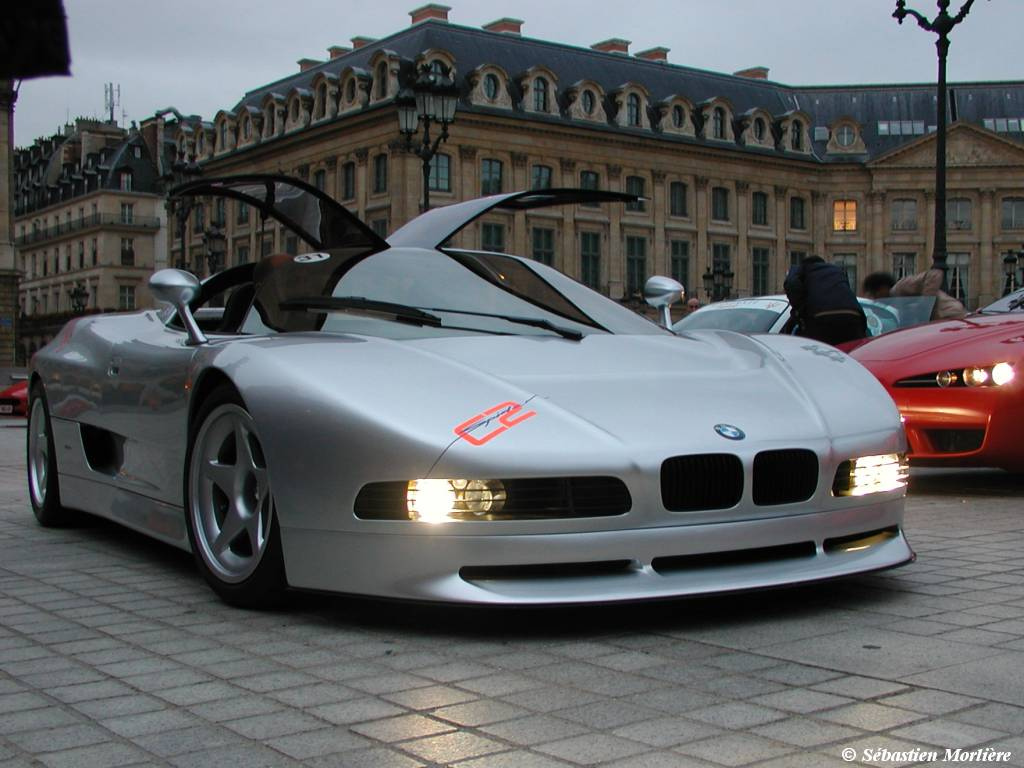
13. **Italdesign BMW Nazca M12 (1991)**Prepare to be utterly captivated by the 1991 Italdesign BMW Nazca M12, a concept car that was a pure, unadulterated fusion of legendary German engineering and passionate Italian design. This was no ordinary vehicle; with its sleek carbon fiber body, dramatic canopy-style doors, and a powerful 5.0L V12 engine borrowed from the BMW 850i, it was a supercar dream come true.
Designed by the brilliant Giorgetto Giugiaro himself, the Nazca M12 wasn’t just fast; it looked like it was born for the racetrack or a starring role in a blockbuster movie. With an estimated top speed of over 190 mph, it combined breathtaking aesthetics with serious performance aspirations, making it an instant legend among car enthusiasts.
Italdesign wasn’t just toying around; three stunning prototypes were actually made, including an open-top roadster version, each one showcasing the incredible vision and craftsmanship poured into this project. Despite its undeniable appeal and potential, BMW ultimately declined to green-light the Nazca for full production, which is a decision many still ponder today.
Even without reaching mass production, the Nazca M12 remains one of the most revered and iconic concept cars of the ’90s. It stands as a powerful testament to what happens when two automotive giants combine their strengths, leaving behind a legacy of beauty, speed, and unforgettable design that continues to inspire awe decades later.
Car Model Information: 2025 Audi Q7 55 Premium Plus
Name: BMW Nazca C2
Manufacturer: Italdesign Giugiaro
Aka: Italdesign NAZCA C2 ,
Bugatti ID90
Production: 1991–1993
Assembly: Turin
Designer: Giorgetto Giugiaro
Class: Concept car
BodyStyle: coupé
Related: BMW 8 Series (E31)
Layout: Mid-engine,rear-wheel drive
Engine: BMW M70#M70B50,V12 engine
Transmission: manual transmission
Wheelbase: 2600 mm
Abbr: on
Length: 4395 mm
Width: 2085 mm
Height: 1105 mm
Weight: cvt
Predecessor: BMW M1
Caption: BMW Nazca C2 Spider with the glass gullwing windows open
Categories: Articles with short description, BMW concept vehicles, Commons category link is on Wikidata, Italdesign concept vehicles, Short description matches Wikidata
Summary: The BMW Nazca C2 (also known as Italdesign Nazca C2) is a concept sports car introduced at the 1991 Tokyo Motor Show. The car was designed by famed automotive design studio Italdesign, home of Giorgetto Giugiaro, and features a similar frontal design of a BMW. It was an evolution of the BMW Nazca M12 from 1991.
Get more information about: BMW Nazca C2
Buying a high-performing used car >>>
Brand: BMW Model: Nazca M12
Price: $55,675 Mileage: 20,490 mi.
Whew! What a ride! These ’90s concept cars truly show us a decade where imagination ran wild, where designers weren’t afraid to ditch the rulebook and create something utterly unique. From amphibious adventures to joy-stick controlled luxury and even emotionally intelligent companions, these hidden gems remind us that the road to innovation is paved with daring ideas. So next time you’re cruising, remember these unsung heroes that quietly shaped the future, one outrageous, unforgettable concept at a time. They might not have hit the showrooms, but they certainly left their mark on our automotive hearts.



